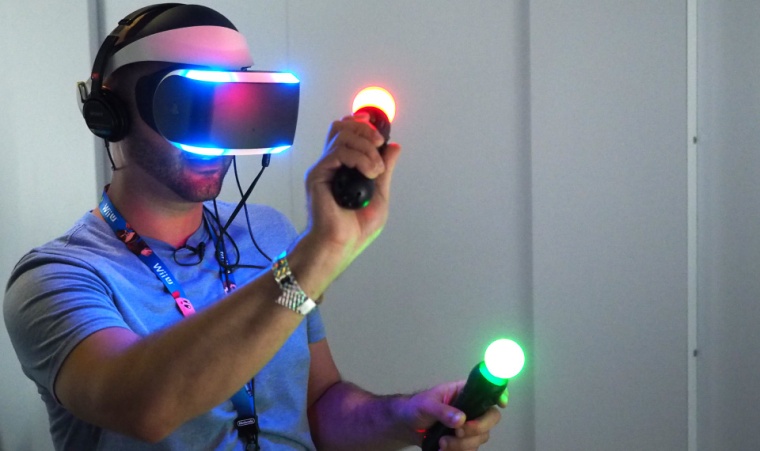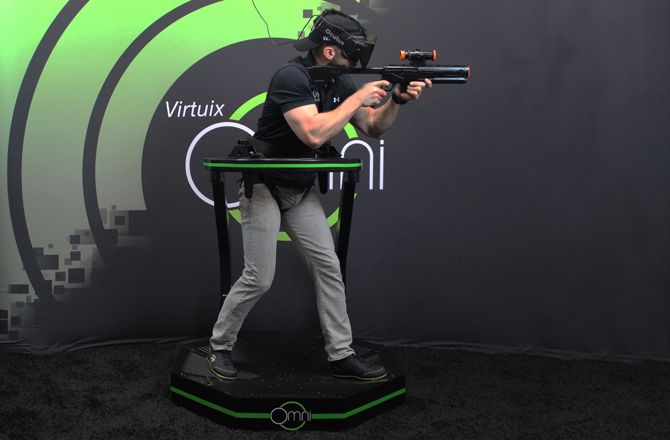WHAT IS VR?
According to Chapter 1 of Bollestroff’s Coming of Age in The Second Life, the term Virtual Reality “has typically implied a environment enabled by interface technologies like data gloves and goggles.” In order for an experience to be categorized under the term VR, one must be immersed in the technology and provided a feeling as if they are being transported from their currently to an alternative location.
VirtualRealitySite.org builds on this definition saying that VR usually refers to a specific type of reality emulation. VR is the term used to describe a “three-dimensional computer generated environment” in which you can manipulate objects or activate your senses together in order to perform a series of actions.

There are many alternative definitions for VR, as the concept is abstract and can be understood differently depending on who is asked. VR is said to be an oxymoron by certain perspectives, if understood as “reality does not exist”.
The one major consistency within all definitions I have found is that VR involves an ulterior medium composed of computer simulations in which the user can take an interactive approach, providing the feeling and sensations in which one is immersed in the interface.
THE THREE ‘I’s OF VIRTUAL REALITY
Oluleke Bamodu of Shenyang University and Xuming Ye of Staffordshire University break down VR into three key features: Immersion, Interaction and Imagination
1) Immersion
2) Interaction: a means of communication with the system, but in an non-traditional, 3D form
3) Imagination: Feeling of being present or part of a computer generated world as a result of the stimulation of human senses
 Virtual Reality vs. Virtual World
Virtual Reality vs. Virtual World
Bollestroff describes the distinction between virtual reality and virtual worlds, in which VR revolves around the mechanisms in which humans interact with the technological simulations. It is not concerned with the simulations themselves. The world is the setting in which one chooses to immerse themselves. Virtual worlds can imply a virtual reality interface, but Bollestroff found in his fieldwork in virtual worlds people were more often using desktop computers to interact in virtual worlds, rather than the mechanisms that we typically associate with virtual reality.
